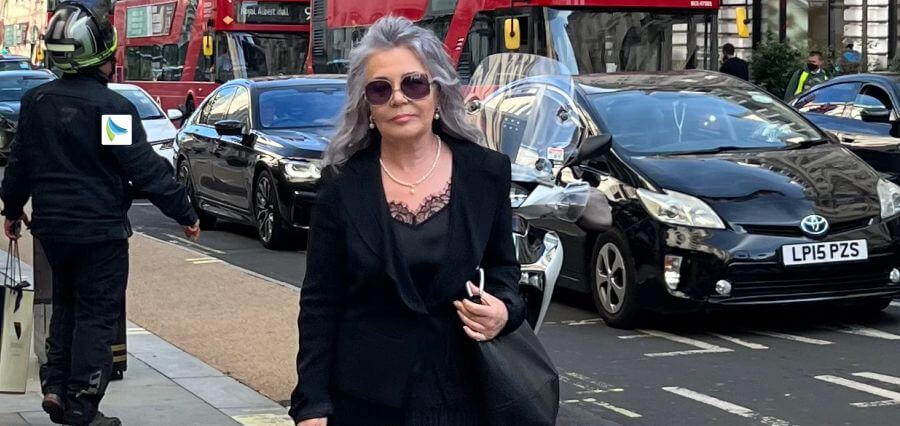Color Psychology is more than a theory—it’s evidence-based practice that answers to the influence of colors over what we feel, perceive, and do. From building trust and enthusiasm to inducing calmness and focus, color decisions have significant psychological effects. As you’re building a brand, building a website, or building a product, knowing color psychology can change people’s responses to your message.
Why Color Psychology Matters
Today’s fast world and consumers judge instantly—sometimes in less than 90 seconds—purely on color. Companies that excel at “Color Psychology” are better at connecting people on an emotional level. Consider Coca-Cola’s bold red for energy or Facebook’s calming blue for trust. These aren’t coincidences—these are deliberately selected colors due to human psychology.
Color does not just impact consumer feeling; it impacts action, as well. According to research, color will boost brand recognition by as much as 80% and enhance understanding and learning by 73%. So, the intentional use of color isn’t brilliant design—it’s clever business.
The Psychology Behind Color Psychology
Each color elicits a unique psychological response. A rundown of commonly used colors and their emotional reactions is as follows:
- Red: Rush, passion, energy. Tends to be used in call-to-action or clearance promotions.
- Blue: Calm, security, safety. Frequently used by financial organizations and computer companies.
- Yellow: Focus, happiness, optimism. Good at grabbing attention, but overused and stressful.
- Green: Goodness, growth, peace. Frequently used for well-being and environmental brands.
- Purple: Creativity, luxury, wisdom. Primarily used in beauty or high-end service branding.
- Black: Power, sophistication, mystery. Frequently used in luxury fashion or premium branding.
- White: Purity, serenity, simplicity. Often applied in healthcare and tech sectors.
Knowing these emotional connotations allows companies to not just apply colors to draw the attention but provoke the desired reaction.
Using Color Psychology for Branding
Good brands don’t pick favorite colors—but those representing their brand values and resonating with their target audience. Here’s how to use Color Psychology to your branding:
1. Define Brand Personality
Is your brand more playful or serious? Powerful or soothing? Colors will need to be consistent with your brand voice and ethos. So a toy company aimed at children would use bright reds, yellows, and blues, but an upmarket property firm would use golds, blacks, and subdued greys.
2. Know Your Audience
There are different responses to colours among different populations and cultures. White, for example, is purity for Western societies but mourning in other Eastern societies. Similarly, young viewers will respond better to vibrant colours, whereas older viewers will respond better to subdued colours.
3. Use Contrast for Attention
Contrast colors are visible and legible. White and black copy, for instance, is easily readable, while blue and red is tiring to eyes. Contrast also directs eyes of observers to most critical areas such as buttons or propositions.
4. Be Consistent
Consistency of brand usage across channels builds recognition and trust. Make your selected color scheme look everywhere on websites, social media, packages, and ads.
Color Psychology in Web Design
Your site is usually a first impression a prospect has of your business. Effective color selection can go a long way in optimizing user experience and conversion. Here’s why:
- Navigation: Employ color to emphasize menus and CTAs and simplify navigation.
- Trust Signals: Employ blues and whites to trigger professionalism and trustworthiness, especially on login pages or checkout pages.
- Emotionally Driven UX: Red, orange colors induce buy urgency emotions, blue, green for service where choice has to be made easily.
E.g., a website for an online store can have red buttons that allow “Buy Now” reactions and green badges for green product badges.
Mistakes to Be Avoided in Color Psychology
1. Excessive Use of Color
Using too many colors will confuse the user and weaken your brand message. Keep one master palette with accent colors.
2. Omitting Accessibility
People see colors differently. Make sure there is sufficient contrast between text and background, and use color-blind friendly color schemes.
3. Selecting Personal Aesthetic Over Strategy
Perhaps you love orange, but that doesn’t make you include it in your brand. You use your brand style and research to inform color choices.
Uses of Color Psychology in Everyday Life
- Google: Red, blue, green, and yellow mixed in a balancing act evokes curiosity, creativity, and openness—exactly the mission of Google as a brand.
- McDonald’s: Employing red and yellow creates the feeling of hunger and excitement—perfect for quick food.
- Spotify: The light background with green vibrancy gives the brand an aura of newness, vibrancy, and transparency.
The Use of Secondary Colors and Accents
Accent and secondary colors, along with the underlying brand color, also contribute to hierarchy and visual appeal. Accent and secondary colors direct users through your content and support drawing attention to primary actions or messages. A blue tech company, for example, would use bright orange for calls to action so that they catch the eye and entice clicking.
It’s not sufficient to select colors on gut instinct alone—you must have data backing up your decisions. Testing the various color schemes for landing pages, calls-to-action, or email templates via A/B testing can yield irreplaceably helpful information on what performs well with your audience.
Let’s take the case of an A/B test of a red vs. green “Sign Up” button and finding that there is a 25% increase in click-through rate—little things, big impact.
Conclusion: Let Color Psychology be the Guide for Crafting Your Brand Success
Color Psychology is a superpower in a business’s arsenal. It finds that perfect spot between beauty and feeling. By selecting colors that align with your brand personality and the audience members who will see it, you’re giving yourself permission to drive engagement, boost perception, and sell more.
Embrace Color Psychology as not just a beauty concern but a marketing strategy—and watch as it elevates your audience engagement and brand influence to new levels.












